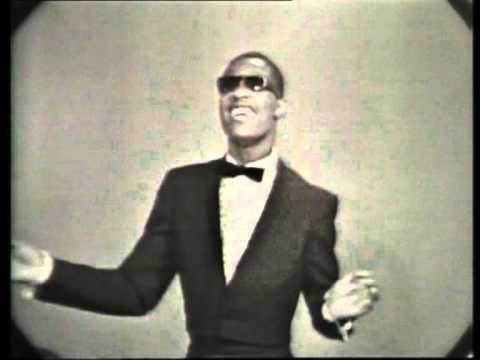Lors d’une connexion SSH sur le serveur d’un client chez WPEngine, je suis tombé sur le message d’erreur suivant:
@@@@@@@@@@@@@@@@@@@@@@@@@@@@@@@@@@@@@@@@@@@@@@@@@@@@@@@@@@@
@ WARNING: UNPROTECTED PRIVATE KEY FILE! @
@@@@@@@@@@@@@@@@@@@@@@@@@@@@@@@@@@@@@@@@@@@@@@@@@@@@@@@@@@@
Permissions 0644 for '/Users/matt/.ssh/id_ed25519.pub' are too open.
It is required that your private key files are NOT accessible by others.
This private key will be ignored.
Load key "/Users/matt/.ssh/id_ed25519.pub": bad permissionsCode language: PHP (php)Voici la commande que j’avais entré:
ssh -i ~/.ssh/id_ed25519.pub -o IdentitiesOnly=yes EXAMPLE@wEXAMPLE.ssh.wpengine.netCode language: JavaScript (javascript)Au lieu d’utiliser ma clé privée, j’ai utilisé ma clé publique (id_ed25519.pub) qui – comme elle est publique – bénéficie de droits plus large que la clé privée.
Il faut donc relancer la commande en retirant l’extension .pub du chemin de la clé, pour que la clé privée soit prise en compte:
ssh -i ~/.ssh/id_ed25519 -o IdentitiesOnly=yes EXAMPLE@wEXAMPLE.ssh.wpengine.netCode language: JavaScript (javascript)Dès lors, plus de problème de connexion et la connexion sur le serveur WPEngine se fait sans souci:
____ _____ _____
╱ ▕ ▕ ▕ ▕ ▕
▕ ▕ ▕ ▕ ▕ ▕
▕____▕ ╲___╱ ╲___▕ ▫
____ ____ ▃ ▃ ▃ ▃▃▃ ___ __ __ __ ___
▕ ▕ _ ╱ ▕ █ █ █ ▕█▀▀▙ ▕___) | ▕ ╱ ▕ ▕ | ▕ ▕___)
▕ ▕ ( ) ▕ ▕ ██ ██ ▕███▛ ▕ | ▕ ▕ ▕ ▕ | ▕ ▕
▕____╱ ‾ ╲___▕ █ █ ▕█ ╲__╱ | ▕ ╲__▕ ▕ | ▕ ╲__╱
____ ___ ___ ___╱
▕ ╲ ╱ ╲ ▕ ╲
▕ ▕ ▕ ▕ ▕ ▕
▕____╱ ▕____▕ ▕____▕
WP Engine Shell - PHP 7.3











